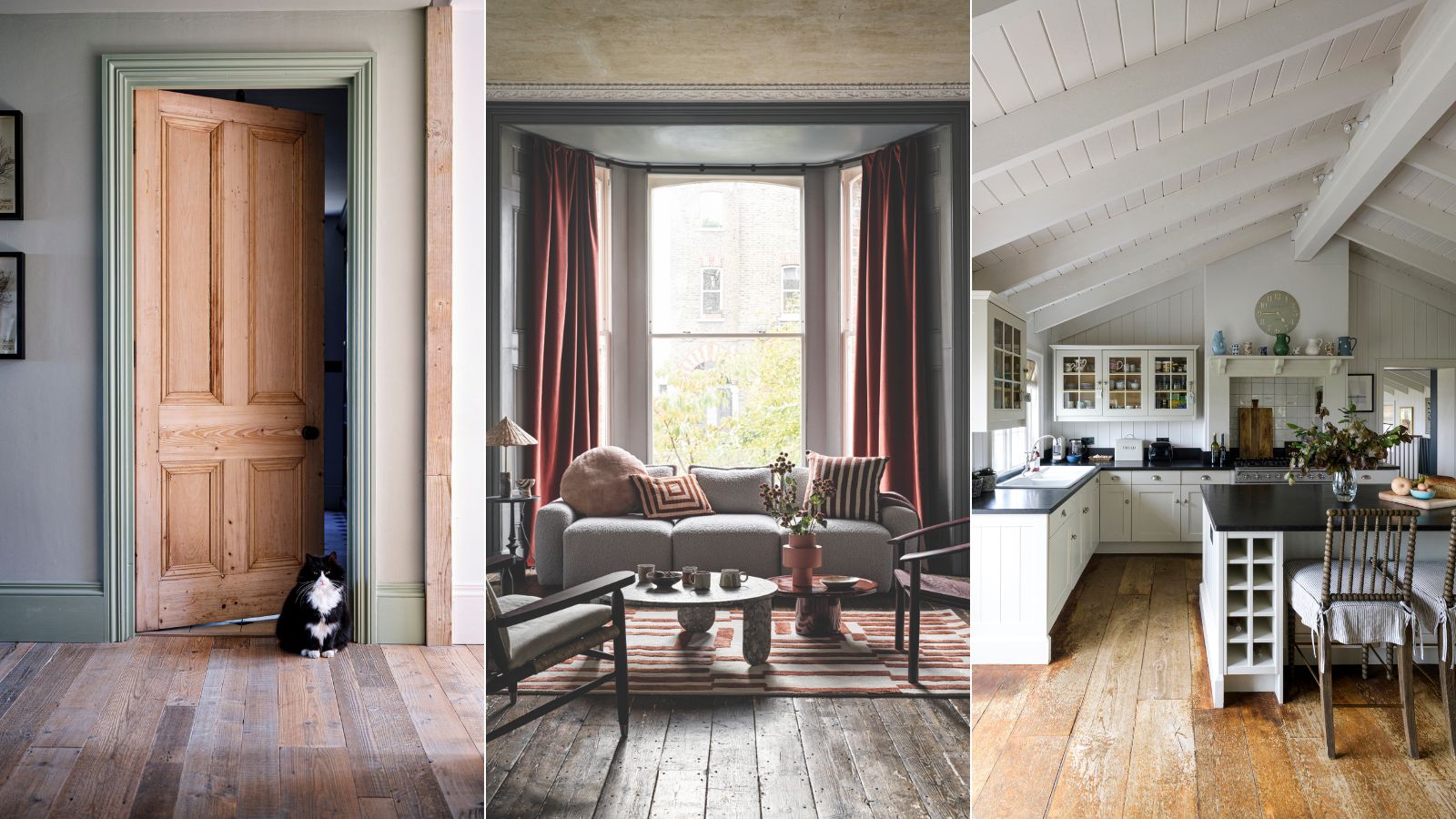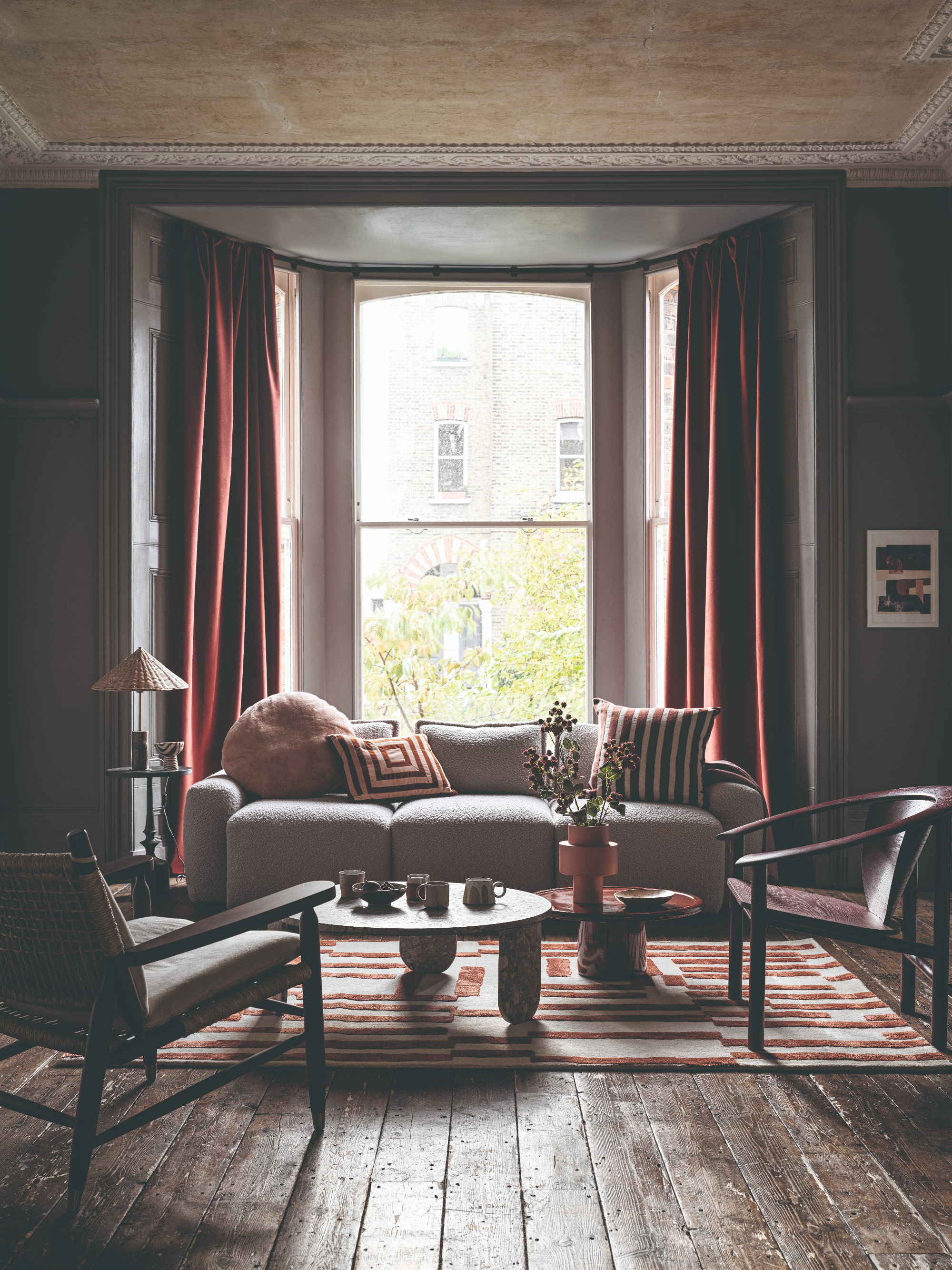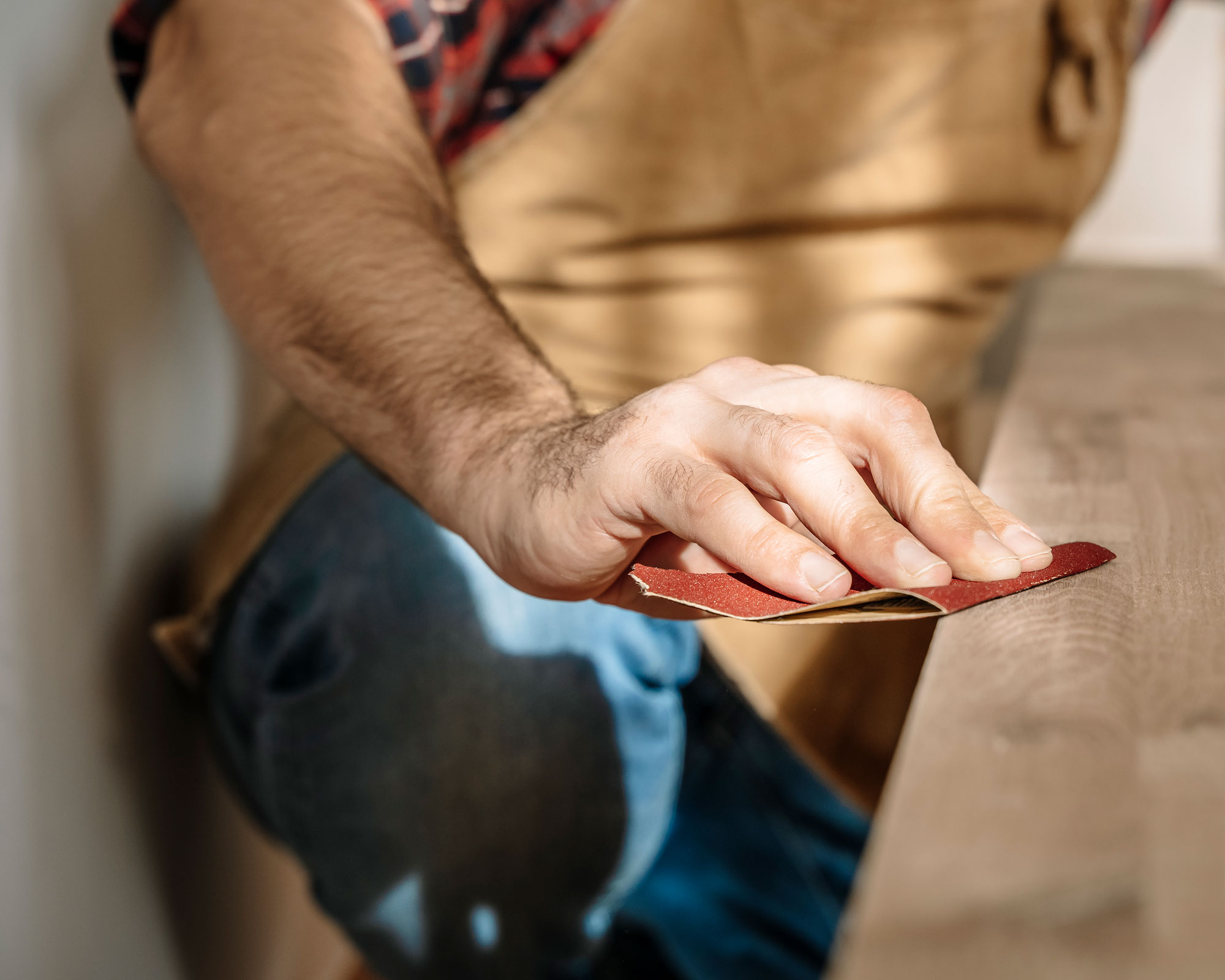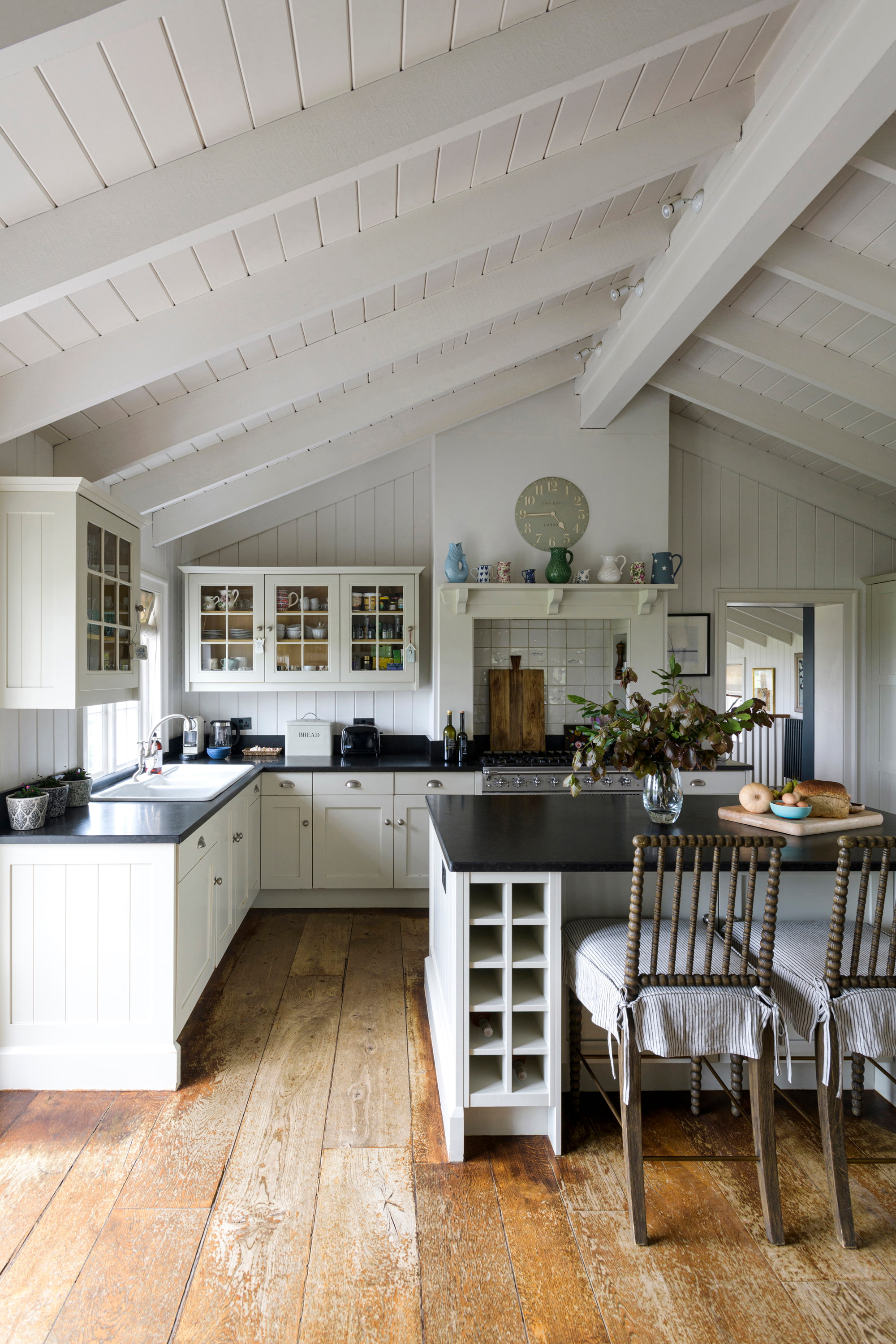
Be it an inherited renovation project or a rented home, a lipstick that rolls off an uneven dresser or a wardrobe that is lop-sided is not much to desire. The culprit? Uneven floors.
If you have been pondering how to level out uneven floors – either by yourself or by hiring a professional – you are not alone. However, there can be more to consider before you attempt this DIY project...
A creaky floor, caused by friction, is one of those sounds we cannot ignore. Thankfully, this is usually quite easy to remedy. A heavy dip or slope in flooring, however, can be equally as prominent, and though it can be DIYed, it is not so black and white, as the experts tell us.
What should you do with uneven floors?
First of all, how you approach uneven floors will depend on the extent of the unevenness and its impact on your day-to-day life. If ignored, this is one flooring mistake that can negatively impact any future home renovation projects you are planning.
Though a surface-level DIY like fixing a ripped carpet can be remedied without too much technical thought, in some cases, uneven floors might be cause for concern. It is important to know the difference so that you approach this job in the safest way that makes the most financial sense too. Here are the best steps to take:
1. Identify the root cause of uneven floors

'Some minor dips and irregularities that do not pose a safety hazard might be ok to leave alone,' says Arpit Jain, interior designer at McLine Studios. 'However, anything more obtrusive should be tackled accordingly, especially if it impacts the overall usability and 'visual balance of the room.'
Fine, hair-like cracks in walls are quite common in a new house settling into its foundation, but if these continue to grow bigger be sure to investigate, as this could be an issue – whether your house is old or new. Spotting the signs early on is key as this can lead to more pressing structural issues if not dealt with correctly.
'To determine the best course of action, consider consulting with a professional contractor or structural engineer,' advises Arpit Jain. 'They can evaluate the underlying cause of the unevenness, whether it's due to settling, moisture issues, or structural problems, and recommend appropriate solutions.'
2. Make necessary repairs
Knowing the root cause of uneven surfaces will determine the next steps, and if there are damaged joists or bigger structural issues to your home's foundation, be sure to remedy these before tending to uneven floors.
'If there are any underlying issues, such as rotting joists or foundation cracks, these should be repaired before attempting to level the floor,' says Shlomo Cherniak, professional handyman.
3. Weigh up DIY vs Professional options

With peace of mind that underlying issues are taken care of, you will have a clearer view of what needs to be done next. Noting the severity of the slopes on the floors can help here.
To find the areas that might need looking at, you could use something round, like a marble, to identify the dips. Then use a spirit level (like this one from Walmart) to measure how much the floors are off track.
'Anything less than 1/4 of an inch isn't much of a cause for concern,' says Davin Eberhard, home designer and Founder of Nature of Home. 'This should be easy to disguise with rugs and cleverly placed furniture.'
If tiles have cracked and furniture is unstable, you might need to go below your flooring and tend to the subfloor – a job that is not for the faint-hearted. 'In some cases, leveling the floors may involve methods such as adding a self-leveling compound, shimming, or even raising the entire floor surface. Keep in mind that leveling floors can be a complex and costly endeavor, so weigh the pros and cons carefully before proceeding,' continues Arpit.
4. Consider finding design interest in an uneven aesthetic

If the structural integrity of your home is not at stake but a polished aesthetic is, there are ways to work with and camouflage slightly uneven floors.
Choose a high-quality rug with an interesting pattern to draw attention away from dips. In some instances, furniture placement can mask dips too. Be sure to know how to stop furniture sliding on hardwood floors if this is the floor type you have installed.
'Alternatively, embracing the unevenness creatively can add character to your space,' says Arpit. 'Incorporating rugs, and furniture arrangements, or utilizing decorative elements like raised platforms can minimize the visual impact of uneven floors while enhancing the room's charm. Ultimately, the decision to level uneven floors depends on your priorities, budget, and long-term vision for the room.'
'Whether or not you opt to repair uneven floor will depend on the severity of the unevenness,' says Rotem Eylor, the CEO and Founder of Republic Flooring. 'Minor uneven floors can usually be left alone, unless it bothers you aesthetically.'
Most importantly, you must be certain that uneven floors are not a symptom of a more serious underlying issue first. 'If it is a foundational problem that can compromise the structural integrity of the area, definitely consult a professional. If it is small, you can always level the furniture to mask it.'







